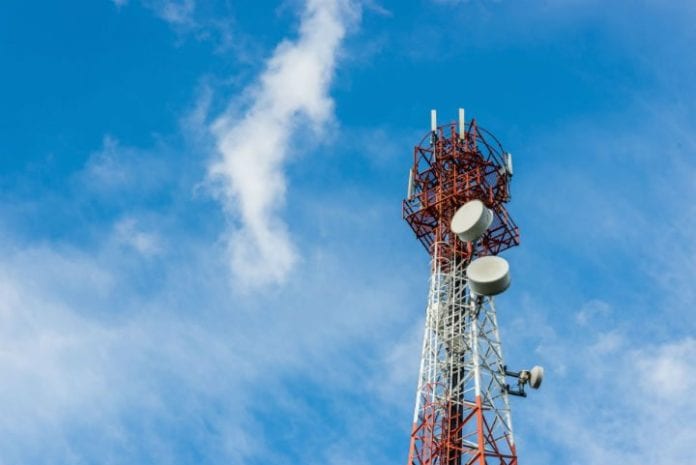Signals Research Group conducted 4×4 MIMO testing that showed a 55% speed boost on a live T-Mobile network using Samsung devices.
Claimed performance advantages of complex multiple-input/multiple-output antenna technologies appear to have been validated by recent network performance testing conducted by Signals Research Group.
The testing was conducted by SRG using T-Mobile US’ network and a pair of Samsung Galaxy S7 devices, one enabled for 4×4 MIMO, the other not. The tests, which used Accuver Americas XCAL-M drive test solution and cooperation from T-Mobile US, found median data rates of 22.8 megabits per second on the device not using the enhanced antenna protocol versus 35.3 Mbps for the device so enabled.
SRG noted the tests were conducted with each device locked to using only T-Mobile US’ AWS-1 spectrum channel in the 1.7/2.1 GHz band, with higher data rates expected if the devices were able to tap into additional spectrum support the carrier has behind its LTE network.
“While it isn’t straightforward to compare these results with what is possible on other LTE networks, it is safe to say that the unique features that we tested in the T-Mobile network with the T-Mobile Galaxy S7 accounted for all the performance gains that we observed,” SRG noted in its report. “In the absence of these features, the performance between the two phones would have been equivalent.”
The 4×4 MIMO protocol uses four antenna ports to transmit and receive data, which in turn requires specialized tower antennas and smartphone antennas. In addition, the smartphone modem must be ready to support four data streams, with Qualcomm seen as the only chipmaker known to be offering a modem that can support 4×4 MIMO.
“For clarity, 4×4 MIMO means that the data connection between the serving [base station] and the mobile device consists of up to four data streams,” SRG wrote. “Since each data stream can contain independent data there is the possibility for a quadrupling in the data rate over a single data stream. In other words, while a single data stream in a 20-megahertz radio channel can achieve a data rate of approximately 75 Mbps, four data streams can theoretically reach approximately 300 Mbps.”
T-Mobile US is the only domestic carrier reported to be using the 4×4 MIMO protocol across a significant portion of its network. The carrier late last year claimed to have the technology available in 319 cities.
T-Mobile US has claimed to have combined 4×4 MIMO with 256 quadrature amplitude modulation technology in an “unreleased handset” to support network speeds up to 400 Mbps, and with the addition of three-carrier aggregation has seen lab tests of speeds up to 979 Mbps. Sprint has made similar network speed claims using 256 QAM and 4×4 MIMO in testing.
Verizon Wireless claimed back in 2015 that it had begun using 4×4 MIMO for coverage and performance improvements on its LTE network.
Bored? Why not follow me on Twitter.

